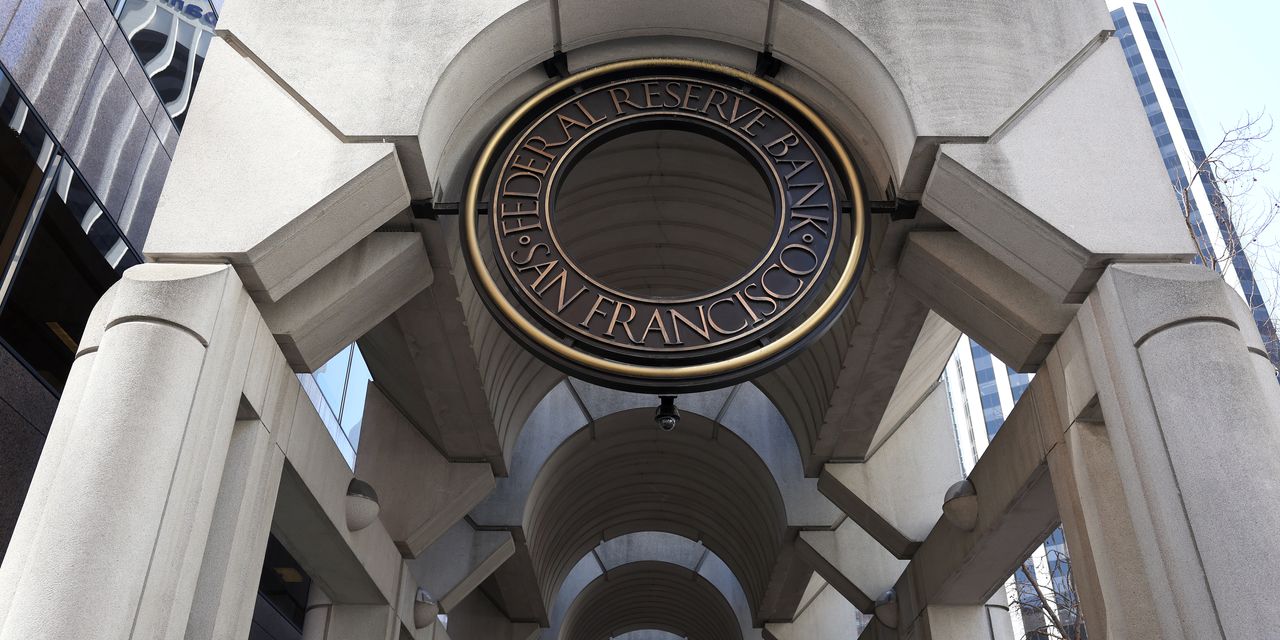Financial institutions are increasingly taking advantage of an emergency program created by the Federal Reserve in March after the collapse of California’s Silicon Valley Bank.
As of Wednesday, they borrowed almost $108 billion from the Fed’s Bank Term Funding Program, which was designed to provide an additional source of liquidity at times of stress, according to data from the central bank. That’s up by $138 million from the prior week. The increased borrowing occurred during a one-week period in which Treasury yields were not far from some of their highest levels of this year, a sign of diminished demand for underlying government debt.
The Fed’s BTFP was created in March as a way to ensure institutions would be able to meet the needs of their depositors, and offers loans of up to one year in exchange for collateral such as Treasurys, plus agency and mortgage-backed securities. The program is intended to eliminate a financial institution’s need to rapidly sell securities, and is open to federally insured banks, savings associations, and credit unions, as well as the U.S. branches of foreign banks.
The Fed announced its Bank Term Funding Program on March 12, the same Sunday when regulators closed New York’s Signature Bank. Two days earlier, Silicon Valley Bank had collapsed after a run on its deposits and a crisis of confidence triggered by the forced sale of a bond portfolio at a $1.8 billion loss.
Now, banks’ use of the emergency BTFP facility “has been creeping up over time” because it offers relatively attractive financing when compared with the Fed’s discount window, said Thomas Simons, a U.S. economist at Jefferies
JEF,
“To the extent that usage continues to climb, it offers proof that banks need that much more liquidity,” Simons said via phone on Friday. “But the increase so far is not enough to signal new problems in the banking system. It’s more indicative of the current state in which deposits are getting more expensive to retain, and banks are trying to manage that.”
As investors and traders looked ahead to next Wednesday’s policy announcement by the Federal Reserve, Treasury yields finished at their highest levels of the month on Friday, while all three major U.S. stock indexes
DJIA
SPX
COMP
ended lower.
Read the full article here













Leave a Reply